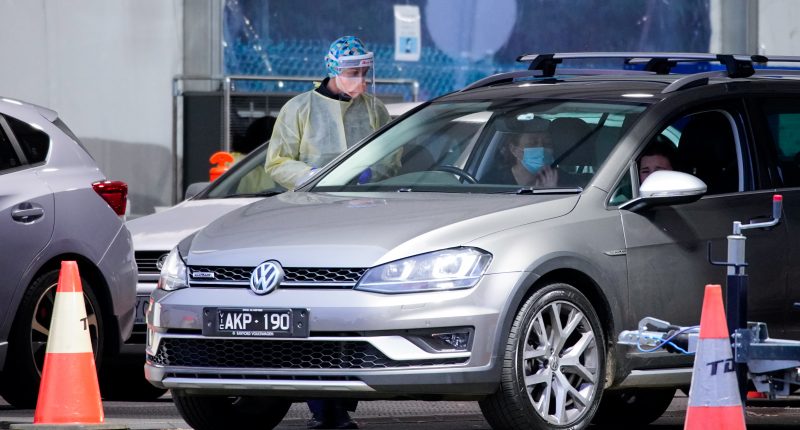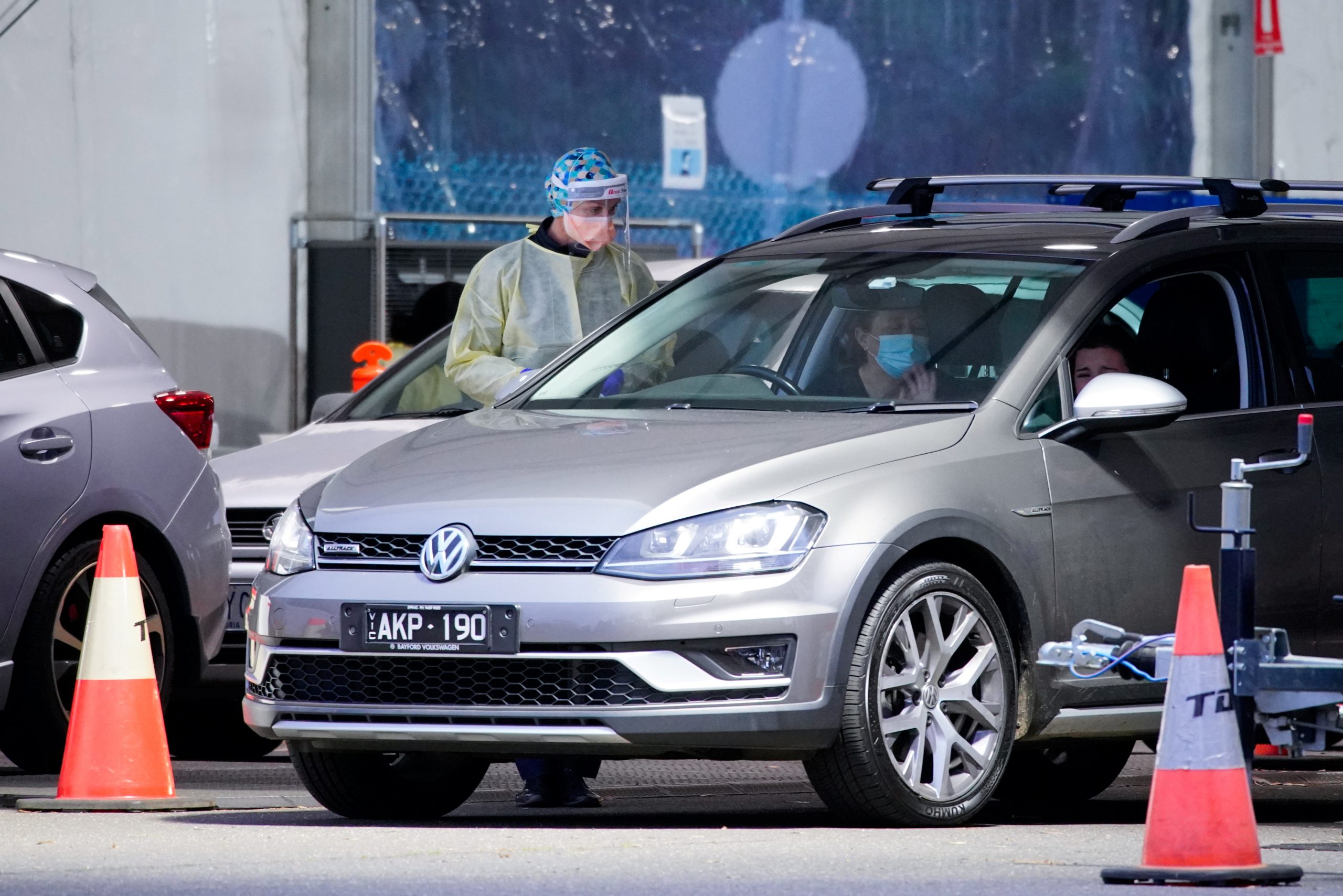- Victoria’s COVID lockdown has been extended by at least another week
- The current lockdown was scheduled to end at 11:59pm tomorrow
- It’s expected the lockdown will remain in place in Melbourne, but restrictions will be eased in regional Victoria if there continue to be no new cases in those areas
- Victoria has recorded six new locally acquired COVID cases from more than 51,000 tests, bringing the state’s current total active cases to 60
- The list of exposure sites for the latest outbreak has extended to NSW
- Fears are also growing about a rapidly transmissible variant that can spread via casual contact
The Victorian government has extended the state’s lockdown by at least a week amid six new locally acquired COVID cases being reported overnight and fears of a highly transmissible variant.
The new cases take the state’s current outbreak to 60.
The lockdown will be extended to 11:59 pm, Thursday, June 10 instead of tomorrow. It will continue across Greater Melbourne, with some changes to schools and movement.
However, restrictions will ease in regional Victoria from 11:59pm tomorrow if testing shows there continues to be no new cases in those areas.
Acting Premier James Merlino stressed that vaccinations were the best way to protect against the virus, but only 2 per cent of the population are fully vaccinated.
“If we let this thing run its course, it will explode. We’ve got to run this to ground because if we don’t, people will die,” Mr Merlino said.
Meanwhile, health officials have raised fears about rapid transmission in situations not seen before.
Victoria’s Chief Health Officer Brett Sutton said on Tuesday night the virus was moving “faster than any other strain we’ve dealt with”.
“We’re seeing transmissions in settings and circumstances we’ve never seen before,” he said.
He made his comments as a new positive case was identified in a Victorian who had travelled to New South Wales and back, resulting in more exposure sites.
Health officials are saying that for the first time they have seen four or five cases where people were infected via casual contact with strangers.
Victoria’s COVID-19 testing commander Jeroen Weimar said the interactions were “very fleeting contact”.
Previously, he said, most transmission in Australia had occurred in workplaces, at big social events, or in the home.
“What we’re seeing now clearly is people who are, they’re brushing past each other in a small shop, they’re going around a display home, they’re looking at phones in a Telstra shop,” Weimar said.
“This is, relatively speaking, relatively fleeting contact. They don’t know each other’s names. And that’s very different to where we’ve been before.”
Victorian authorities are now discussing the threat posed by the highly infectious COVID-19 “Indian variant” found in Melbourne.
Variant B.1.617 was first detected in India last October and has since spread to more than 40 other countries, including Australia.
Experts have identified three subtypes, and cases in Victoria’s latest cluster are infected with the first sublineage, B.1.617.1.
The World Health Organization (WHO) this week named the key COVID-19 variants after letters of the Greek alphabet to move away from potentially stigmatising names that refer to a country where the variant was first identified.
Under the new naming system, the variant in Victoria’s outbreak is the Kappa variant.







